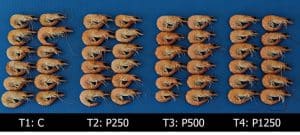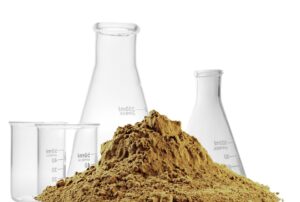As the demand for fish oils grows and sustainability concerns drive most decisions, the issue of sourcing valuable n-3 long-chain polyunsaturated fatty acid (LC-PUFA) remains with few alternatives. There is a growing interest in algae oils, but supply is limited with high costs and unknown environmental assessments. GM oils enriched with omega 3 cannot be an option in markets such as Europe. Therefore, fish oils will still represent the best option to fulfill the nutritional requirements of major farmed species such as salmon and marine species. Tuna oil extracted from by-products of the tuna fishing industry represents a unique and sustainable source of the essential fatty acids.
It contains the highest level of DHA of all fish with a typical 5:20, EPA:DHA ratio. In recent trials, the requirements of essential fatty acids (EFA) were reassessed at various sizes for salmon (Salmo salar) in real farming conditions.
Thus, 10 g/kg EPA + DHA in the Atlantic salmon diet (or 3.5% of total fatty acids), a level previously regarded as sufficient, was found to be too low to maintain fish health under demanding conditions in sea cages (Bou et al., 2017), setting a afety level of 17 g/kg EPA+DHA (5.7% of fatty acids). Recent studies (Kousoulaki et al., 2020) indicate that a higher DHA level can also contribute to better salmon pigmentation.Besides the individual effects of DHA and EPA, severalstudies have demonstrated that the dietary DHA/EPAratio (Table 1) could affect the growth performance in marine fish. The suitable dietary DHA/EPA ratio not only can improve the marine fish growth performance but also enhance their immune responses. A high DHA content and a high DHA/EPA ratio may reduce skeletal malformation in larval stages.
DHA is also better retained due to the oxidation of DHA for energy being more complex through the involvement of peroxisomes. DHA has also known specific key roles in neural (brain and eye) development and function that EPA does not.
ANS recommends the use of tuna oils as a valuable source of omega 3 such as EPA and DHA.
To go further: Aquafeed: Advances in Processing & Formulation Vol 12 Issue 3 2020



